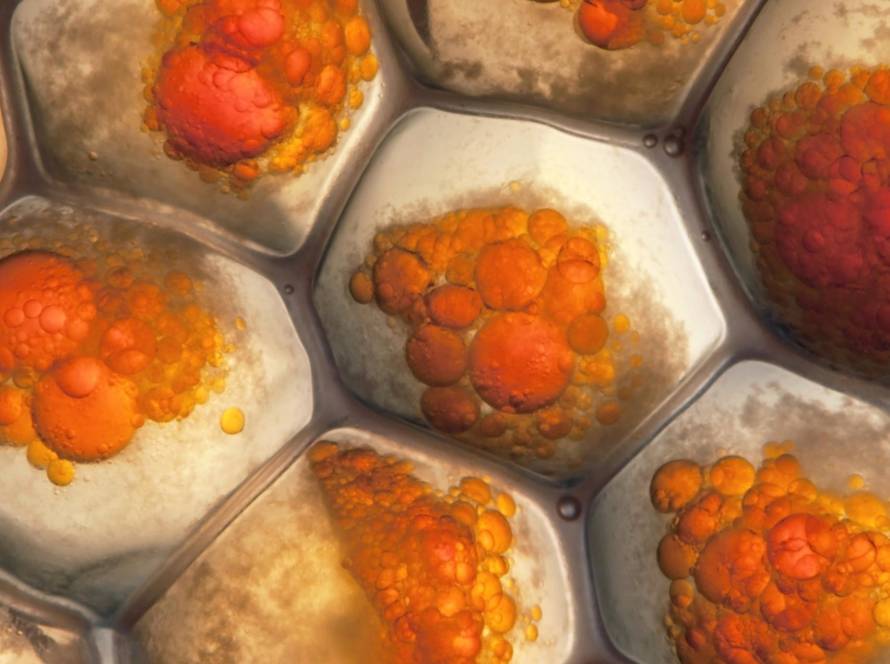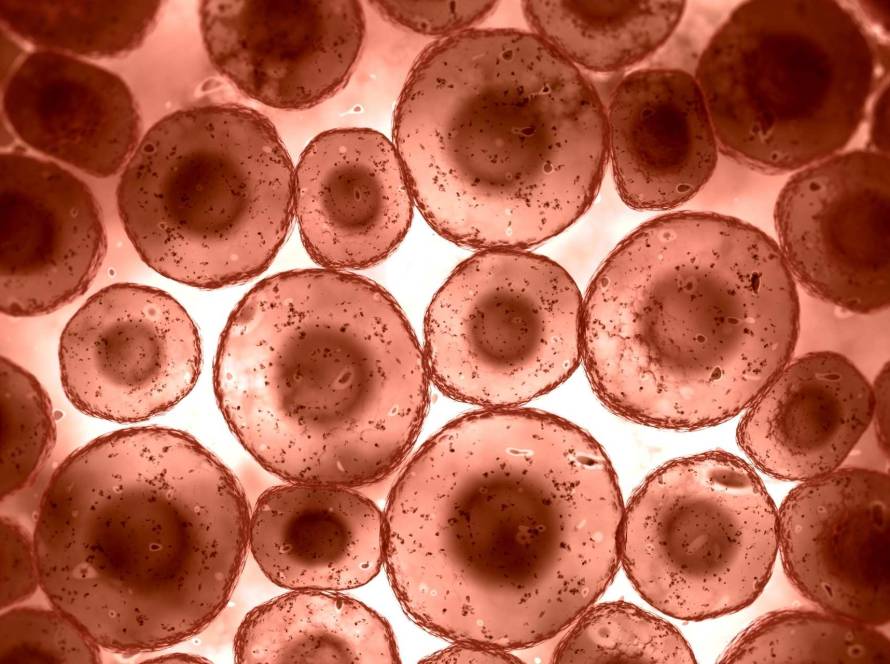Inflammaging is a unique term that describes a quiet but powerful process in our bodies as we age. The condition plays a major role in many diseases that come with age.
Our complete research dives into the complex connection between chronic inflammation and aging. This piece will get into why inflammaging happens, how it affects our lifespan and the practical ways to reduce its effects based on scientific evidence.
What is inflammaging?
Inflammaging is a term used to describe the chronic, low-grade inflammation that naturally develops as we age. Unlike acute inflammation, which helps the body fight infection and heal, inflammaging is persistent and can quietly damage tissues over time.
It plays a key role in many age related diseases, including heart disease, alzheimer’s, type 2 diabetes and cancer. Factors such as immune system decline, senescent cells, oxidative stress and poor lifestyle choices contribute to this process. Managing inflammaging through diet, exercise, stress reduction and gut health may help slow biological aging and improve overall healthspan.
Definition and origin of the term
Claudio Franceschi and his team first coined the term “inflammaging” in 2000. The word combines “inflammation” and “aging” to describe something that happens to everyone as they get older. Inflammaging describes the inflammation that develops as we age without any obvious infection.
This age related inflammatory state shows up as consistently high levels of pro-inflammatory markers in our blood and tissues. Research shows that inflammaging links to increased levels of inflammatory mediators like C-reactive protein (CRP), interleukin-6 (IL-6) and tumor necrosis factor-alpha (TNF-α). These biomarkers help us measure the inflammatory process happening inside.
The concept offers a view on immunosenescence. Franceschi first described it as an age related “global reduction in the capability to cope with a variety of stressors and a concomitant progressive increase in the pro-inflammatory status”. Scientists now see inflammaging as a key sign of aging and a major risk factor for illness and death in older populations.
How it is different from acute inflammation
Most people know about acute inflammation, but inflammaging poses a completely different health challenge. Acute inflammation shows clear signs: pain, redness, swelling, warmth and loss of function. This inflammation protects us from injury or infection and usually stops once the threat goes away.
Inflammaging is different in several key ways:
- It stays chronic instead of temporary;
- It remains at a low-grade intensity unlike acute inflammation’s intense response;
- It is sterile and develops without pathogens;
- It stays largely asymptomatic with no obvious signs;
- It affects the whole body instead of one area.
Acute inflammation helps protect us, but inflammaging causes harm over time. Research suggests that inflammaging might have helped us early in life and adulthood. The problem starts in old age when natural selection no longer works. Inflammaging loses its protective purpose and starts breaking down tissue over time.
What causes inflammaging?
The aging process triggers several biological mechanisms that work together to cause inflammation. These mechanisms form a complex web where each factor affects the others and leads to age-related inflammation.
Immune system changes with age
The decline in immune function with age, known as immunosenescence, plays a key role in inflammaging. Both innate and adaptive immunity undergo major changes and we see fewer lymphocytes but more myeloid cells in the bloodstream. The ratio of neutrophils to lymphocytes goes up as we age, which helps predict mortality rates and outcomes in age related diseases. T cells also change, memory T cells increase while naïve T cells decrease. This affects the body’s ability to monitor threats and repair barriers. These changes cause the body to keep producing inflammatory proteins called cytokines.
Senescent cells and the SASP effect
Cellular senescence emerges as a crucial factor in ongoing inflammation. These senescent cells build up quickly as we age in many different tissues. They develop what’s called a senescence associated secretory phenotype (SASP). SASP has inflammatory cytokines, chemokines and molecules that break down the matrix. These components stop cells from growing and cause inflammation in nearby tissue. Research shows that removing senescent cells helps mice live longer, which proves they play a direct role in aging. These cells create an ongoing cycle, their inflammatory secretions cause nearby cells to become senescent too, which keeps inflammaging going.
Mitochondrial dysfunction and ROS
Our mitochondria tend to work less well as we get older, which adds to inflammaging. These cellular powerhouses produce too many reactive oxygen species (ROS) that harm cell components and trigger inflammation. Damage to mitochondrial DNA (mtDNA) creates special problems. When mtDNA leaks into the cell’s cytoplasm or outside the cell, it acts like a warning signal (DAMP) that activates our innate immune system. This creates another cycle where oxidative stress causes inflammation, which then damages more mitochondria.
Gut microbiota shifts and barrier breakdown
The makeup of our gut bacteria changes with age and affects inflammaging. Research shows we lose beneficial bacteria like Bifidobacterium, Faecalibacterium and Lactobacillus. The gut barrier also becomes weaker, which lets bacterial components leak into our blood. This “leaky gut” allows molecules from pathogens to enter our bloodstream and trigger inflammation throughout the body. Scientists have proven the gut bacterias role by showing that giving young, germ-free mice aged microbiota causes inflammation.
Lifestyle and environmental stressors
Our environment and lifestyle choices affect inflammaging in several ways:
- Stress triggers inflammation signals and weakens immune function;
- Air pollution and UV rays damage DNA and create ROS;
- Eating processed foods and unhealthy fats turns on inflammatory pathways;
- Not exercising leads to more fat tissue, which releases inflammatory proteins.
These factors work together and speed up inflammaging beyond what happens through normal biological aging.
How to reduce inflammaging naturally
We can curb inflammaging with lifestyle changes that target the root causes of chronic inflammation. Here are proven ways to naturally reduce age-related inflammation.
Anti-inflammatory dietary patterns
The right diet is our first line of defense against inflammaging. Research shows the Mediterranean diet with its abundance of fruits, vegetables, whole grains, fish and olive oil lowers inflammation markers. Our body responds well when we cut back on processed foods, refined carbs, added sugars and unhealthy fats. Foods rich in antioxidants help fight free radicals that harm our cells. Some foods pack an extra punch against inflammation, fatty fish loaded with omega 3s, fiber rich legumes and whole grains and polyphenols found in berries, dark chocolate and certain plants.
Physical activity and movement
Regular exercise reduces inflammatory markers in our body by a lot. Our body produces more endorphins, maintains lower cortisol levels and shows less inflammation with physical activity. Just 20 minutes of moderate exercise can bring down inflammatory markers. Active seniors often have better inflammatory balance than younger, inactive adults, according to studies. Both cardio and strength training help fight inflammation, making regular exercise vital to manage inflammaging.
Sleep, stress and circadian health
Poor sleep triggers more inflammatory molecules like cytokines, interleukin-6 and C-reactive protein. This inflammation leads to higher risks of heart disease, diabetes and brain function problems. When our body’s internal clock gets disrupted, it changes how immune cells work and respond to inflammation. We can regulate cortisol and reduce inflammation through meditation, mindfulness and deep breathing.
Gut health and fermented foods
Researches found that fermented foods boost microbiome diversity and lower inflammation markers. Adding yogurt, kimchi, kefir and kombucha to our diet increases good gut bacteria. This is a big deal as it means that fermented foods work faster and better than high fiber diets alone to improve gut health and reduce inflammation.
Evidence based supplements and compounds
Nature offers several ways to fight inflammaging. Resveratrol works as an antioxidant and fights inflammation by activating the SIRT1 pathway. Curcumin blocks multiple inflammatory pathways and can be as effective as some anti-inflammatory drugs. Omega 3 supplements consistently show anti-inflammatory benefits in many studies. Other helpful compounds include quercetin, green tea’s EGCG and vitamin D, all showing strong potential to lower inflammation.
Inflammaging plays a key role in how our bodies age, changing what we know about getting older. This low-grade chronic inflammation does more than just signal aging, it speeds up biological breakdown and makes us more likely to develop age-related diseases. Many factors cause inflammaging, such as aging immune systems and poor mitochondrial function. These create an inflammatory network that ages cells faster than expected.
The link between inflammation and longevity is complex. While inflammation naturally increases as we age, research shows we can control this process through lifestyle changes. Fighting inflammaging is one of the best ways to extend both lifespan and healthspan, the time we spend healthy. This makes inflammaging the life blood of modern longevity science, showing us practical ways to age better based on solid research.


